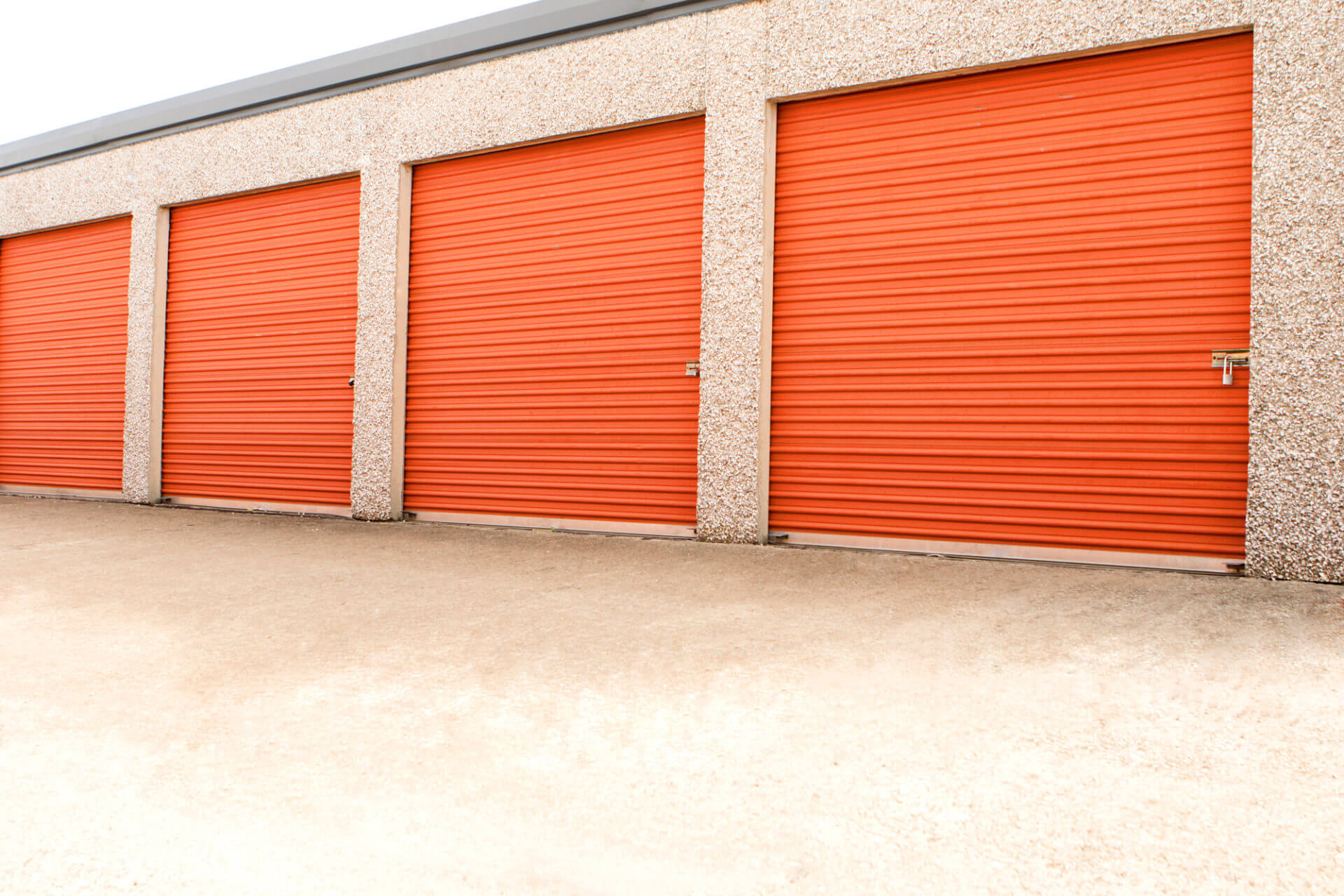As an auto transport company, we do a lot of transports for people that are moving to a new home in another state. In some situations, our customers are moving out of their old home before the new home is ready for them to move into. They often need temporary storage for their furniture and vehicles. That’s where self-storage can help!
Self-storage provides secure and relatively inexpensive spaces for your cars and other items, and as the industry has grown so much in recent years you will likely find a facility near you. Here are some key facts you need to know about storing vehicles away from home, either temporarily when you transport them or longer term:
Self-Storage Units Come in Various Sizes
Self-storage units are available for vehicles of all sizes, making transporting yours even easier by providing a safe place for them at either end of the journey, if you need it. Common storage unit dimensions include 5’x5′ and 5’x10′, for bicycles or motorbikes, and 10’x20′ garage-sized units for a single car. Then there are the larger spaces — with ceilings higher than the usual 8′ — which may measure 15’x45′ or more and can hold RVs and trailers.
Some of these units come with climate-control for easily damaged possessions — useful for storing gems like a 1959 Chevy Corvette convertible — and are particularly recommended where the local climate is extreme. In addition, vehicles may simply be parked on outdoor lots of various sizes at storage facilities. Your furniture and other possessions can be also be easily accommodated.
How Much Does a Storage Unit Cost?
Self-storage is generally paid for on a monthly basis, so you won’t find yourself locked into a contract that costs you for much longer than you need it. Discounts may be available if you sign up for a longer term and offers can also be found for military and first-responder personnel — look out for these if you apply.
The average monthly national rate for a standard non-climate-controlled 10’x10’ unit is currently about $118, while larger units offer better value per square foot, and parking spots frequently rent for less than $100. Inner-city facilities tend to charge more than those in suburbs and rural areas. A standard storage unit in San Francisco runs at $260, the second-highest rate in the country, whereas the same type of unit costs $156 in Seattle and $99 in Austin.
What’s the Ideal Storage Unit Size for Storing a Vehicle?
Rows of the traditional 10’x20′ units can be seen all around the country and rental rates are often good — just drive your car in and lock up. To protect your stuff, self-storage facilities have a range of features that may include surveillance cameras, electronic gate access, security personnel and infra-red sensors. Some facilities allow access 24/7 while others can only be entered during certain hours. Think about the options you need before choosing your storage solution.
Many people on the move across the country have more than one vehicle, including perhaps a RV. Camper vans are generally less than 30′ long, but motor homes and fifth-wheelers can be much longer, and all these vehicles tend to be over 8′ high. Indoor units can be found for such vehicles, some with climate control, and if you’ve bought a beauty for around $500K, renting one may be worthwhile. More usually, though, people park their RVs on outdoor lots at facilities, which will often be covered to give protection from the weather.
Storing Vehicles Long Term
Self-storage can also be a great long-term solution for storing vehicles. Any cars not used daily can be kept there year-round until required, as can RVs and motorbikes. For outdoor storage during winter months, some prepping may be required, including thorough cleaning, draining water tanks, and adding stabilizer to the fuel. Outdoor sports fans can leave their ATVs and UTVs at the facility and even their beloved boats.
We often do transports for classic car buyers, and an elderly or valuable vehicle will benefit greatly from the protection provided by self-storage. You won’t want to park it on the street and even a garage may not be ideal. A climate-controlled unit will prevent any moisture encouraging rust — particularly important if the car hasn’t yet been fully renovated — and leather features will certainly appreciate this. Long-term storage at a nearby facility ensures your pride and joy remains in tip-top condition, and you might even be able to work on it there!


